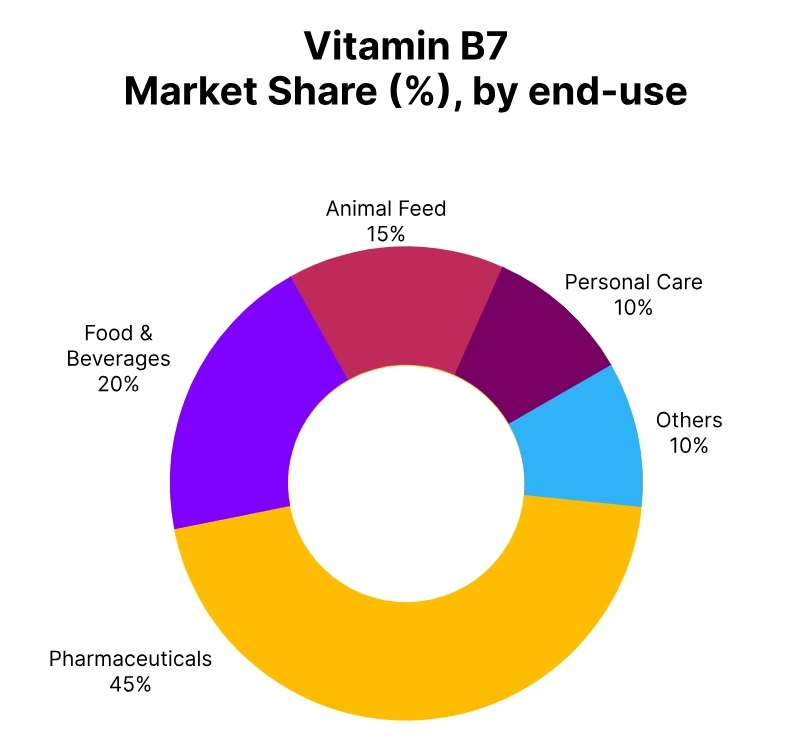Vitamin B7 (Biotin) Price Trend Q3 2025
In the third quarter of 2025, the global Vitamin B7 (Biotin) market experienced contrasting sentiment across the Pure (>98%) USP grade and Feed Grade (2%) materials, which has been due to the differences in strength of downstream demand and purchasing patterns for these materials. Overall stability in the market has been supported by stable production levels and manageable raw material prices, however demand and purchase dynamics have been distinct between high-purity and feed-grade segments. As we move forward, changes in global restocking behavior, export competitiveness and changes in consumption in both nutritional and feed applications are expected to indicate Vitamin B7 (Biotin) price trend momentum into the next quarter.
China
Vitamin B7 (Biotin) Export prices FOB Shanghai, China.
According to Price-Watch, in Q3 2025, Vitamin B7 (Biotin) D-Biotin Pure (>98%) (USP) (Powder) and Vitamin B7 (Biotin) D-Biotin Feed Grade (2%) (Powder) exhibited contrasting price movements amid varying demand conditions and stable production availability in China. Vitamin B7 (Biotin) D-Biotin Pure (>98%) (USP) (Powder) price trend showed a modest upward adjustment as steady procurement from nutraceutical, pharmaceutical, and cosmetic sectors, alongside firm export inquiries, supported prices and kept the market within the USD 127,000-131,000 per metric ton range.
In contrast, Vitamin B7 (Biotin) D-Biotin Feed Grade (2%) (Powder) price trend experienced mild downward pressure driven by soft buying interest from feed and premix manufacturers, competitive domestic offers, and sufficient inventories among key producers, pushing prices into the USD 3,900-4,200 per metric ton range. Market sentiment remained mixed, with strong specialty-grade demand balancing weaker feed-grade activity.
In September 2025, Vitamin B7 (Biotin) D-Biotin Pure (>98%) (USP) (Powder) and Vitamin B7 (Biotin) D-Biotin Feed Grade (2%) (Powder) price trend moved by +2.6% and -3.2%, respectively, reflecting the divergence in downstream consumption patterns and purchasing behaviour, with these dynamics expected to shape pricing trends into the next quarter.

